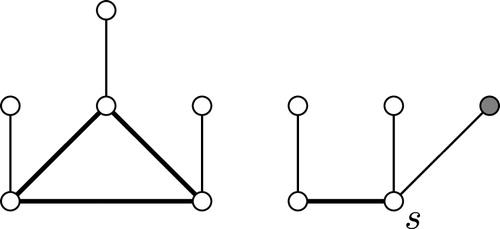Open access
1,535
Views
6
CrossRef citations to date
0
Altmetric
Articles
Certified domination
Magda DettlaffGdańsk University of Technology, Gdańsk, 80-233, Poland;
, Magdalena LemańskaGdańsk University of Technology, Gdańsk, 80-233, Poland;
, Jerzy ToppUniversity of Gdańsk, Gdańsk, 80-952, Poland;
, Radosław ZiemannUniversity of Gdańsk, Gdańsk, 80-952, Poland;
& Paweł ŻylińskiUniversity of Gdańsk, Gdańsk, 80-952, Poland; Correspondence[email protected] [email protected] [email protected] [email protected] [email protected]
Pages 86-97
|
Published online: 13 Jul 2020
Related research
People also read lists articles that other readers of this article have read.
Recommended articles lists articles that we recommend and is powered by our AI driven recommendation engine.
Cited by lists all citing articles based on Crossref citations.
Articles with the Crossref icon will open in a new tab.





